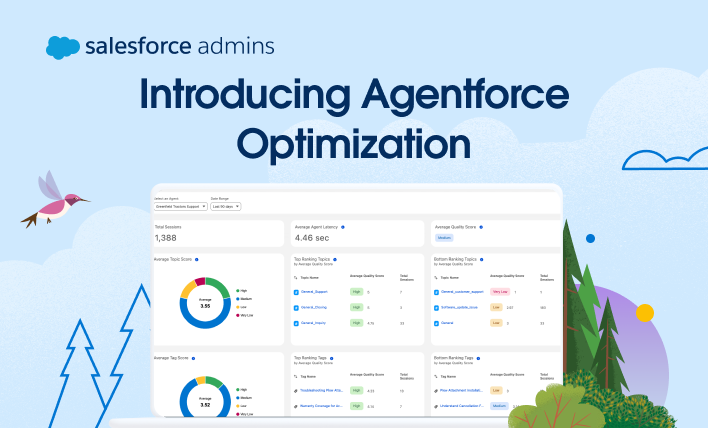Editor’s Note: This post was updated on April 3, 2025, with the latest information and resources. As Salesforce Admins, you’re well-versed in delivering Salesforce features to your users and stakeholders. Salesforce Foundations makes it even easier for you to get the most out of Salesforce by adding cross-department features built into your existing CRM. Salesforce […]









